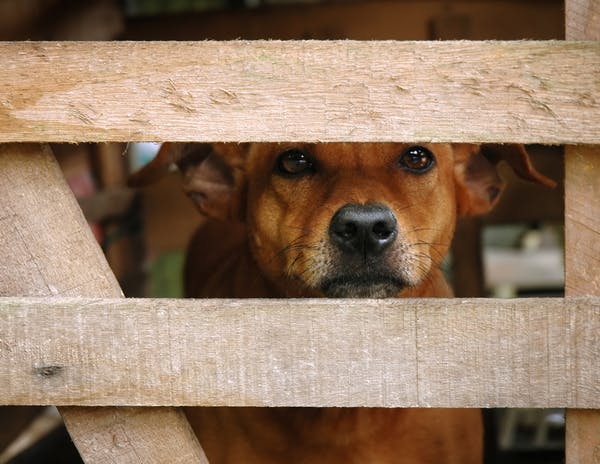Losing a pet marks the end of a special relationship and can be one of the most difficult times of our life. Strong emotional bonds are formed with pets, and it is normal for any pet owner to experience intense grief when a much-loved pet dies or is euthanased.
The response of children to a pet’s death depends on the child’s maturity and therefore their ability to comprehend death and mortality.
Children up to four years of age
Up to the age of four, children generally do not understand the concept of death and consider it a form of sleep. You need to tell them that the pet has died and will not return, stressing that they were in no way responsible for this. Children this age often readily accept another pet in place of the dead one.
Four to six years
Children four to six years have some understanding of death, but may still regard it as a temporary state. It has been recommended to give these children the opportunity to say good-bye to the pet, and to see it dead so that they understand the permanence of death. Again you need to stress that they are not responsible for anything contributing to the animal’s death.
Seven to eleven years
From seven to eleven years of age, children understand the permanence of death. You need to be honest but sympathetic in your approach to children. If their pet is ill, tell the children about it and explain that the pet’s condition is not their fault. If you do not communicate with them about feelings and concerns, they may perceive your sadness and feel guilty, thinking that they have done something wrong.
Encourage and answer their questions. Show your emotions. By talking about your sad feelings or crying, you demonstrate that these behaviours are normal and appropriate. How children learn to deal with their grief now will be reflected later on in life when other similar circumstances will demand courage to face and process other losses.
If the pet is ill, include children in discussions about the pet, and the options in the treatment of the pet, and the possibility of death or euthanasia. This time helps them to work through grief before the pet dies. For older children, discuss the option of being with the pet at the time of euthanasia, although another option is to have time to say goodbye to the pet, and then to view the body afterwards. Talk about how lucky your family is to have had such a special pet and recall loving memories, which will always remain in your hearts and theirs.
Stages of grief
Some older children may exhibit denial, outwardly showing no grief or emotion, although inwardly hiding intense feelings of grief. The stages of grief are typically denial, sadness, depression, guilt, and anger, followed by recovery. The anger stage may be directed internally or at others. Blaming or accusing others or oneself allows a chance to focus on an issue other than the loss. The depression phase involves true sadness as the reality of the loss is felt. Children may stop communicating and having eating and sleeping disorders. They may develop problems at school, becoming antisocial, or having learning problems. Open communication is the key to working through the stages of grief, although professional help may be required if problems persist, and depression becomes protracted and unresolved.
Burial ceremony
There are options for taking care of your pet’s remains. Cremation offers the option of burying or scattering the ashes in the garden, or somewhere appropriate. It may allow children to realise the irreversibility of death, and the burial (whether a formal ceremony or not) often brings dignity and closure to the pet’s death. There are also pet cemeteries in most national capital cities.
Where to get help
Many veterinarians these days provide grief counselling services. Alternatively, you may find some useful information and contacts on The Australian Centre for Grief and Bereavement website.




